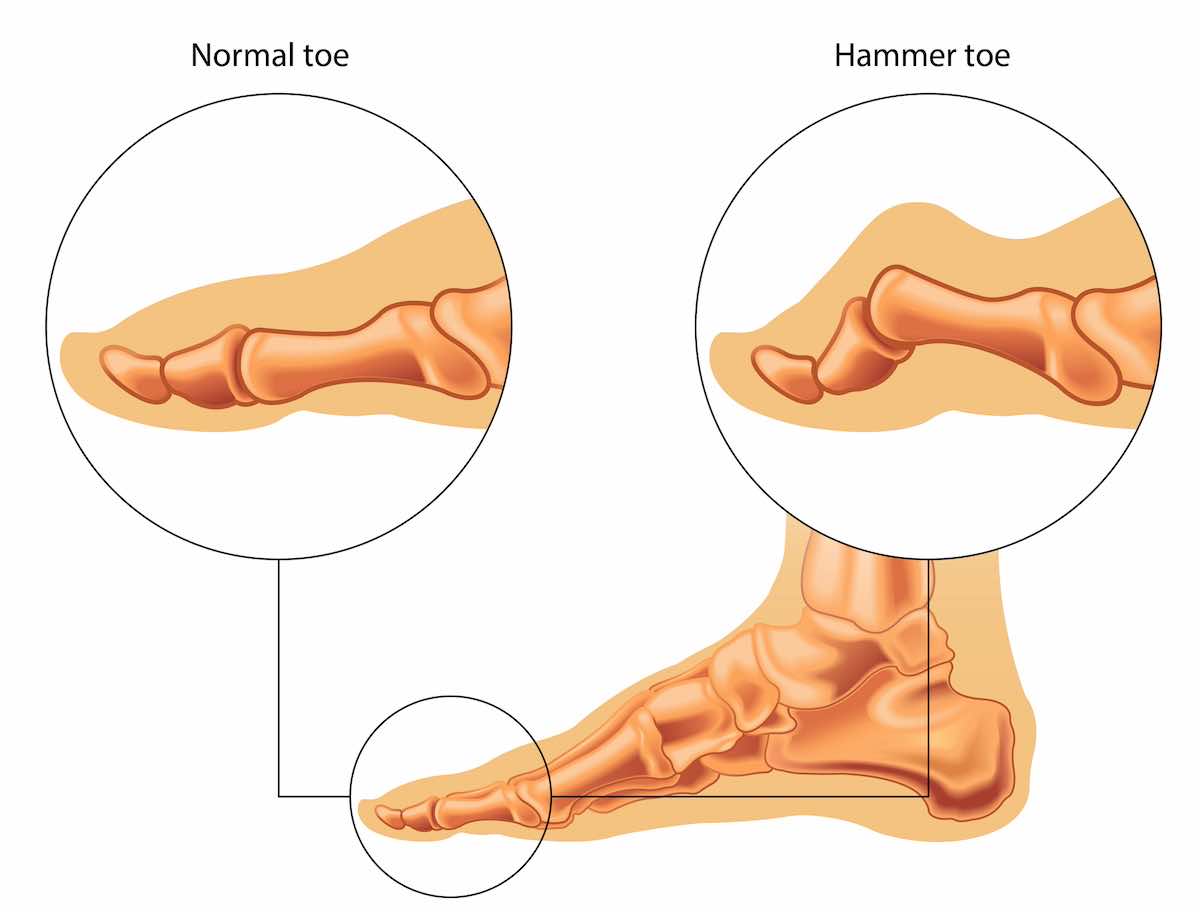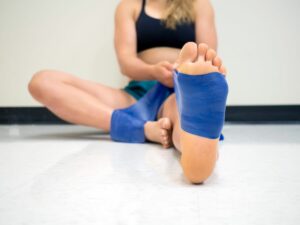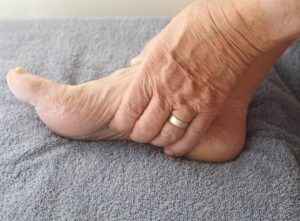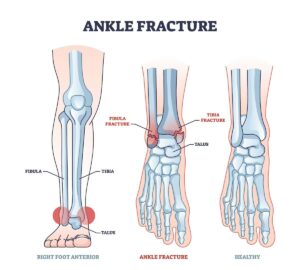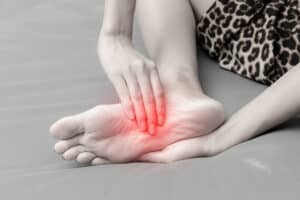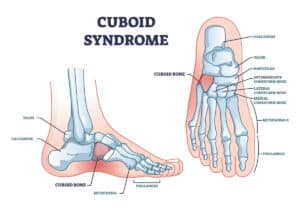Free download: Top 10 Natural & Easy Remedies for Joint Pain from Home. Learn these helpful remedies.
Estimated Reading Time: 7 minutes read
Hammer toe refers to a peculiar bend in one’s toes, seen explicitly in the second, third, or fourth toe. When you observe this condition, the affected toe resembles the shape of a hammer due to its distinct curve. This curvature occurs at a joint within the toe, known as the proximal interphalangeal (PIP) joint. This joint is the midpoint of those smaller toes, creating a noticeable bend when affected.
Additionally, while hammer toe can occur in any of the smaller toes, it’s more common in the second toe. Several factors contribute to the development of this condition. A high foot arch can make someone more prone to hammer toe. Concurrently, other foot deformities like a bunion or a hallux valgus deformity can exert pressure, leading to this bent toe shape.
Table of Contents
What Causes Hammer Toe?
Hammer toe can develop for several reasons. Many times, it’s linked to the type of shoes we wear or the natural shape and balance of our feet. If you think about the feet, they take on a lot of daily pressure from walking, standing, and other activities.
This means any external pressure from tight shoes or internal issues, like muscle imbalances, can easily throw them off. Here are the main culprits behind Hammer Toe:
- Improper Footwear: Shoes that don’t fit well, especially those that push the toes together, can start causing problems over time.
- Muscle Imbalance: Sometimes, our toe muscles might not pull evenly, which can lead to the toe bending.
- Tightened Ligaments or Tendons: If these get too tight, they can force the toe into that bent position.
- Existing Foot Conditions: Things like bunions or a hallux valgus deformity can put extra pressure on the toes, leading to hammer toe.
Symptoms of Hammer Toe
When we talk about hammer toe, we’re not just discussing the bent appearance of the toe. People with hammer toe feel a range of symptoms, which can be pretty bothersome.
If you imagine your toes always bent, it’s not surprising that they’d hurt or feel uncomfortable. Here’s what people with hammer toes often experience:
- Pain: This is common, especially when wearing shoes that rub against the bent toe.
- Swelling and Redness: The toe might look puffy and get red.
- Burning Sensation: This can be really bothersome, feeling like the toe is always warm.
- Formation of Corns or Calluses: These rough patches can form on the toe because it’s constantly rubbing against the shoe.
- Reduced Flexibility: Over time, the toe might not move as quickly or become stuck in that bent position.
Stretches and Exercises for Hammer Toe Relief
Stretches and exercises play a significant role in managing the pain arising from hammer toe. Incorporating these exercises can offer immediate relief and rectify the muscle imbalances causing the condition.
A. Stretches:
1. Plantar Fascia Stretch
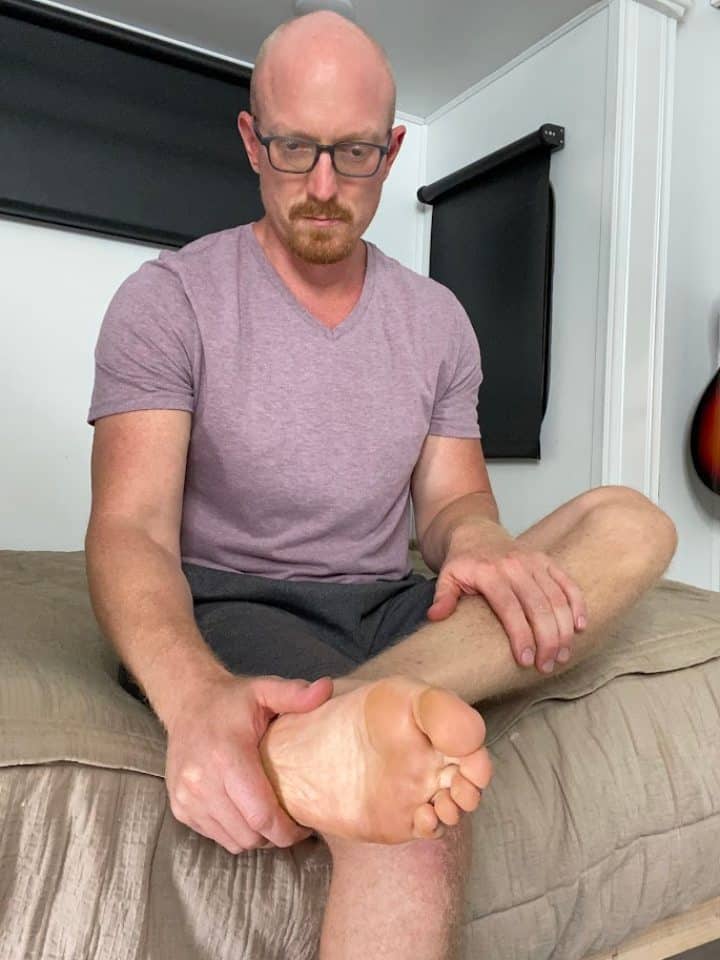
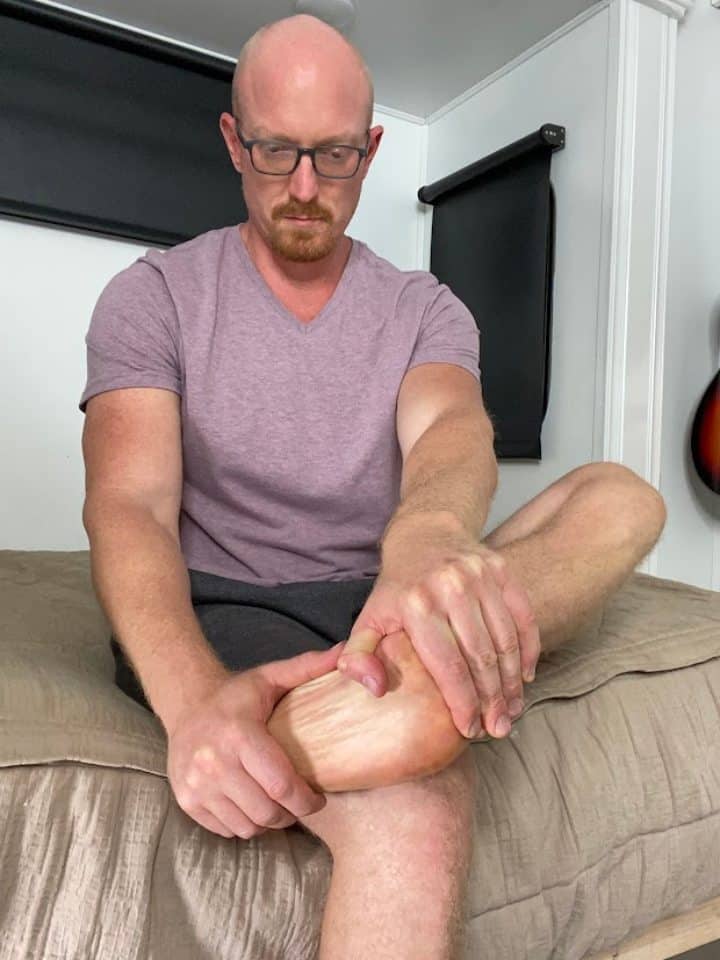
- Starting position: Sitting in a chair with the leg to be stretched either in front of you on the floor or crossed over the opposite leg (like a Figure 4).
- Place one or both hands on the plantar surface of the foot, over the ball of foot and toes, and give a gentle pull back until you feel a stretch.
- Hold for at least 30 seconds and complete 3 sets.
- Repeat on the other leg.
2. Calf Stretch
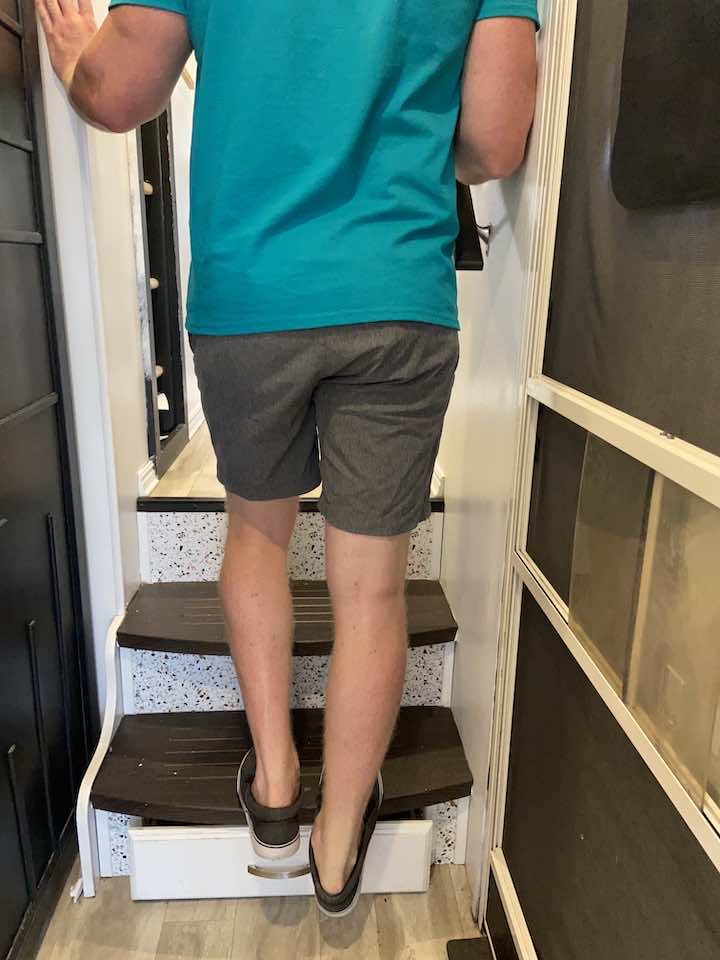
- While holding onto the railing of a staircase, step both feet up.
- Slightly stagger your feet so that the injured heel is hanging off the step.
- Your front leg should bend slightly, while the back (injured) leg’s knee will be straight.
- Hold this stretch for 30 seconds before relaxing.
- Repeat the stretch two more times for a total of three sets.
3. Plantar Fasciitis Golf Ball Rollout
- Sit comfortably in a chair and place a golf ball under the foot experiencing pain.
- Roll the golf ball under your foot, searching for areas of tenderness and providing a massage to the tight plantar fascia tissue.
- Perform 10 rolling repetitions in each set.
- Complete a total of 3 sets of this exercise.
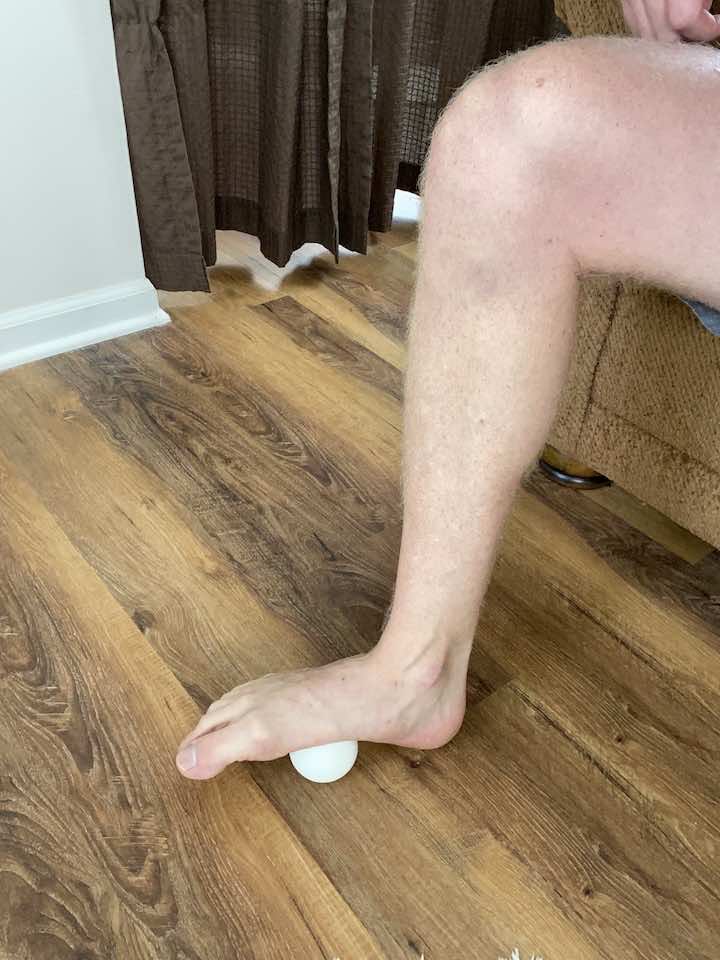
B. Strengthening Exercises:
1. Marble Pick-Ups
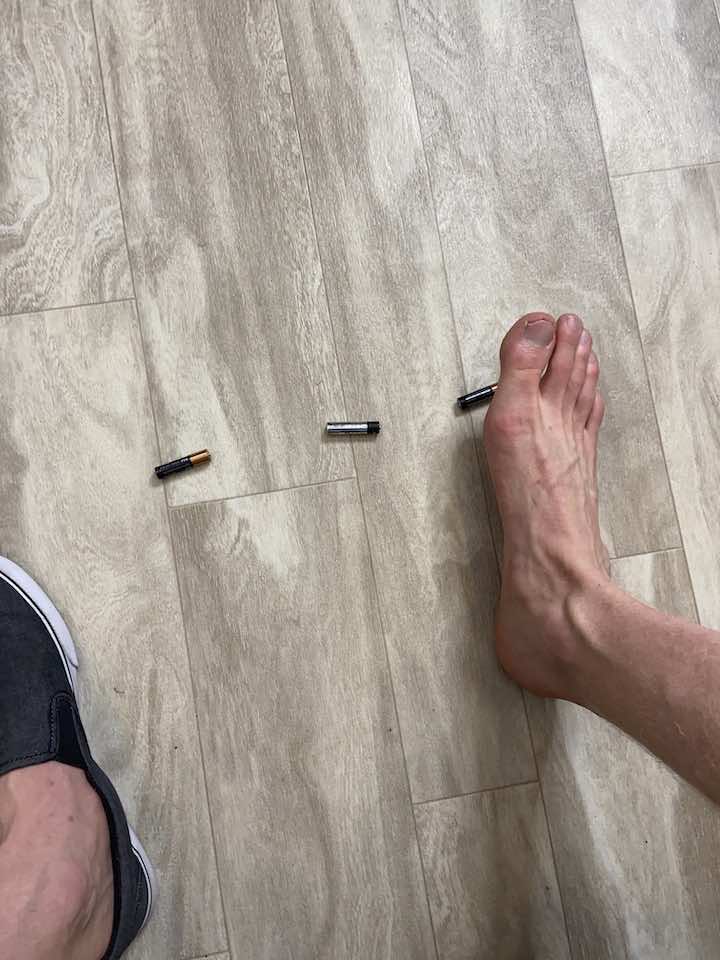
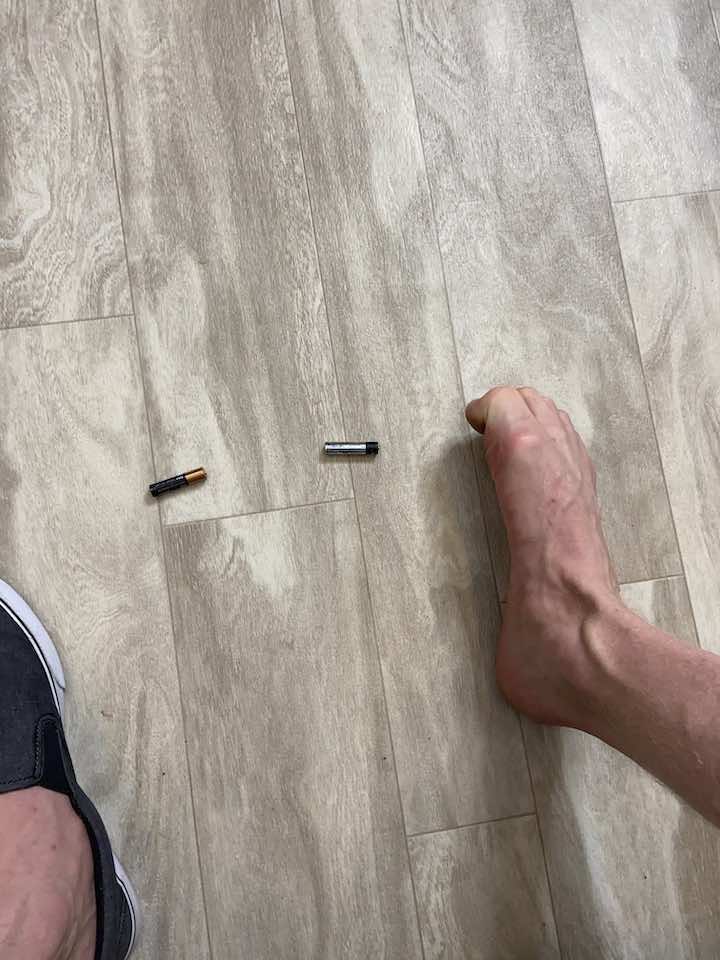
- Get 10-20 marbles and place them on the floor with a cup next to your pile of marbles.
- Stand up and hold onto a steady surface like a counter to help with balance.
- Then in standing, grab a marble with your toes and lift it into the cup. Picking up marbles can be challenging, but the great thing is that even just trying to pick up the marble will strengthen your foot!
2. Arch Doming
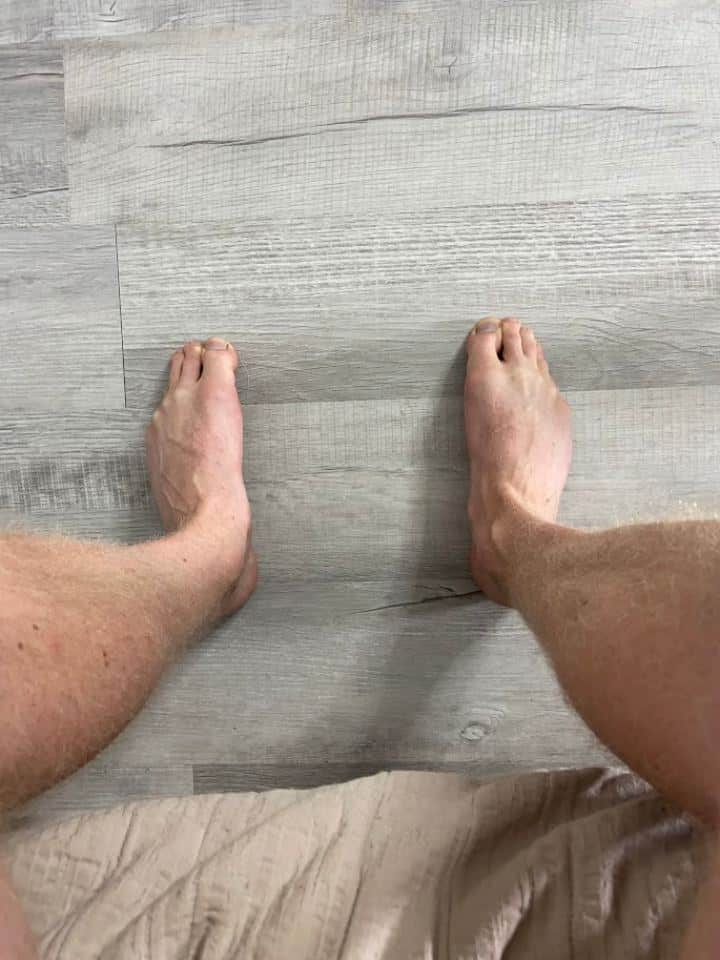
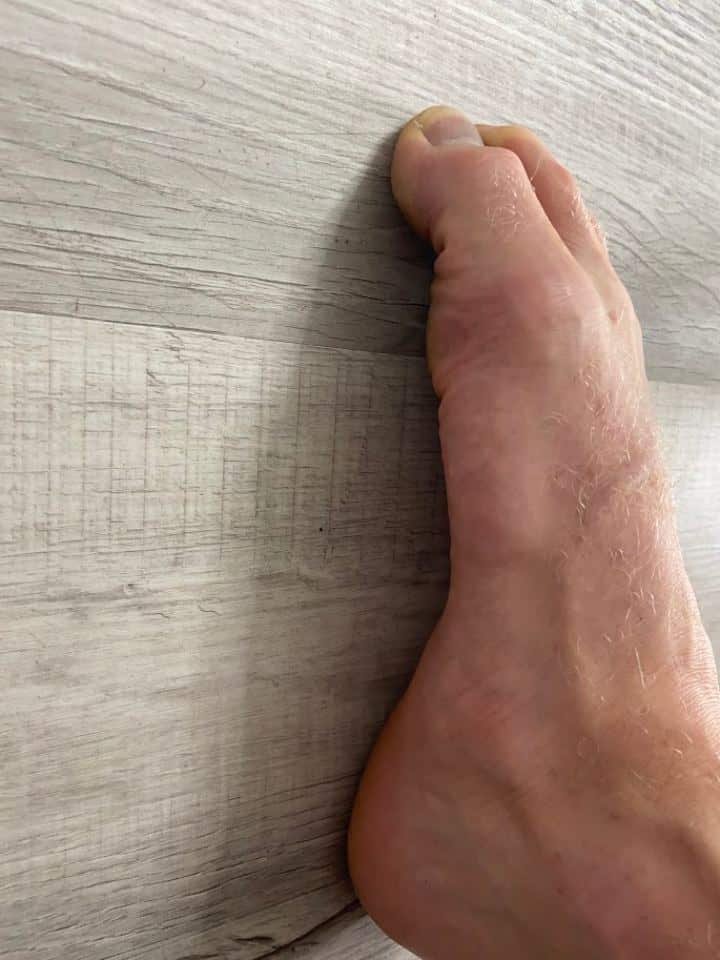
- Starting position: Seated in a chair with the fleet flat on the floor. Shoes should be removed.
- You can practice with both feet at the same time or one foot at a time.
- Squeeze the bottom of the foot and lift the inner arch off the floor, without moving any other part of the foot.
- Hold this lift for 2 seconds, then slowly allow the arches to relax back down to the floor.
- Repeat 10 repetitions for 3 sets.
3. Ankle Eversion with Resistance Band
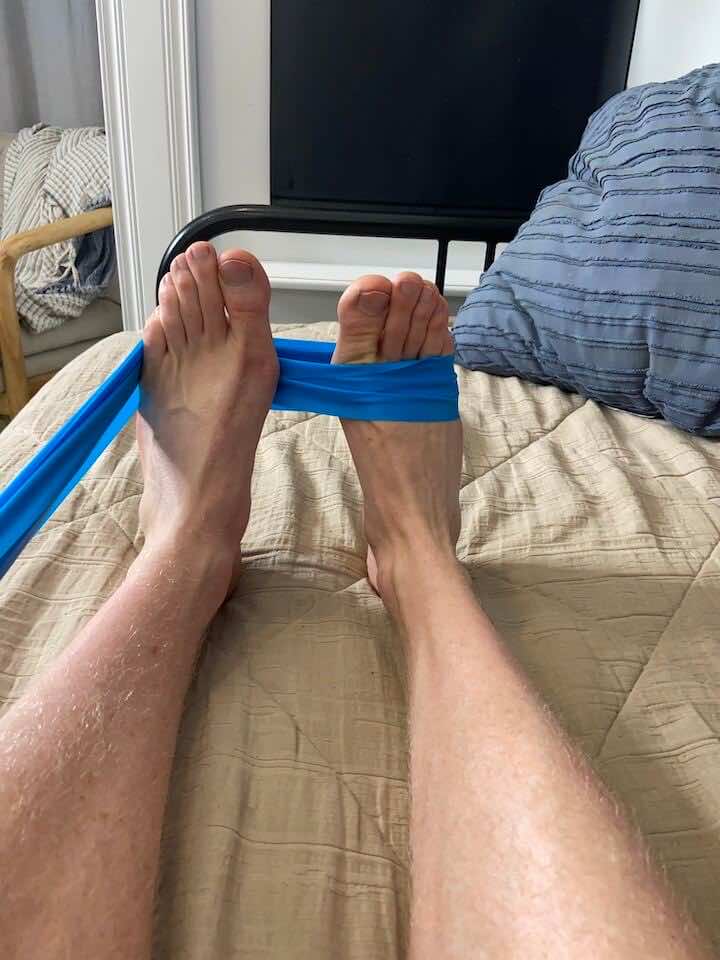
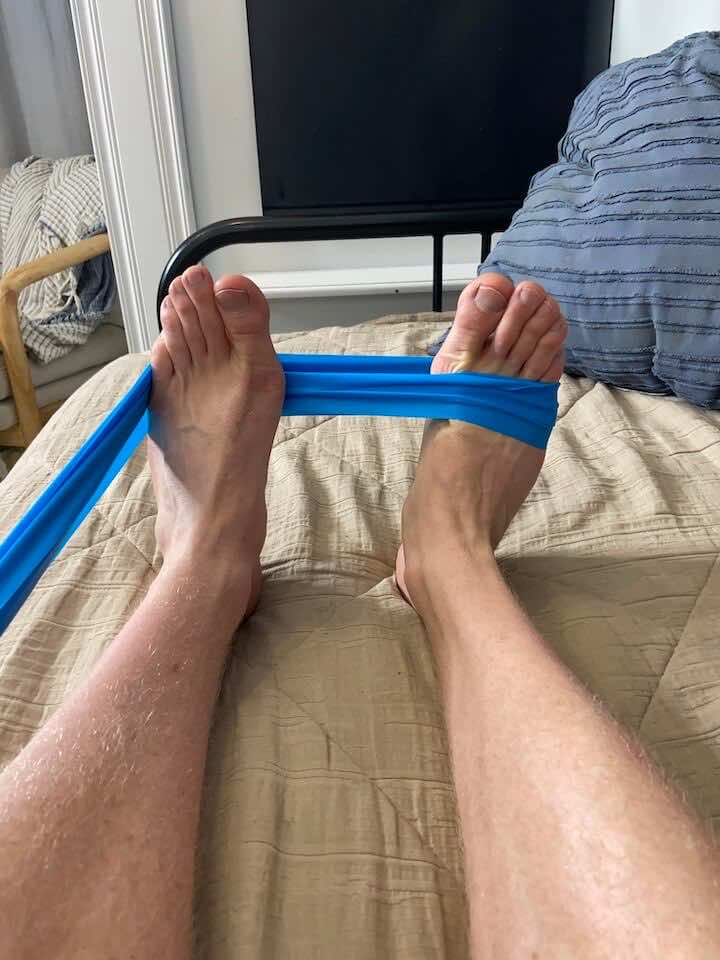
- Lay down on your bed with your ankle off the end.
- Loop the band around your right foot and around your left, as seen in the graphic. We’re going to use your left foot as an anchor for your right foot as your exercise.
- Bring your right foot out like you’re angling your ankle away from your left foot, squeeze in, then relax.
- Do this for 10 repetitions and complete 3 sets in total.
Tip: Work on just moving your ankle and not your entire leg when performing this exercise! See if your knee rolls out at all; try to keep it still.
4. Ankle Inversion with Resistance Band
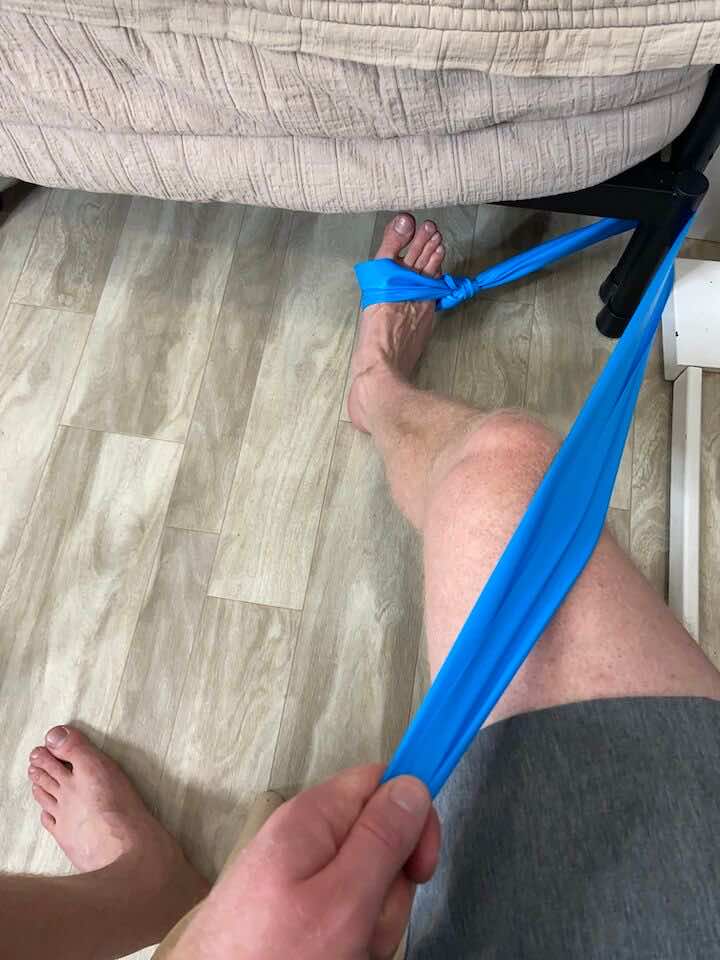
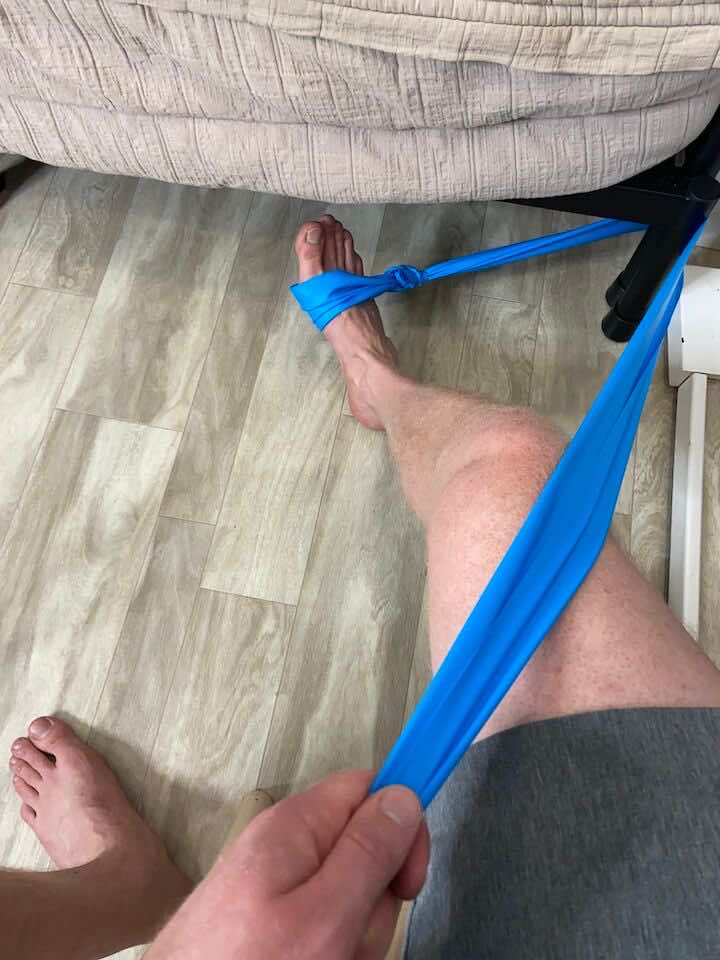
- Sit near a heavy table or sturdy chair that won’t move easily.
- Bring your foot in like you’re angling your ankle toward your other foot, squeeze in, then relax. Loop the resistance band over your foot and around the table or chair leg, as shown in the graphic above.
- Repeat this movement for 10 reps, and do a total of 3 sets.
Tip: Work on just moving your ankle and not your entire leg when performing this exercise! See if your knee rolls out at all, try to keep it still.
5. Ankle Dorsiflexion with Resistance Band
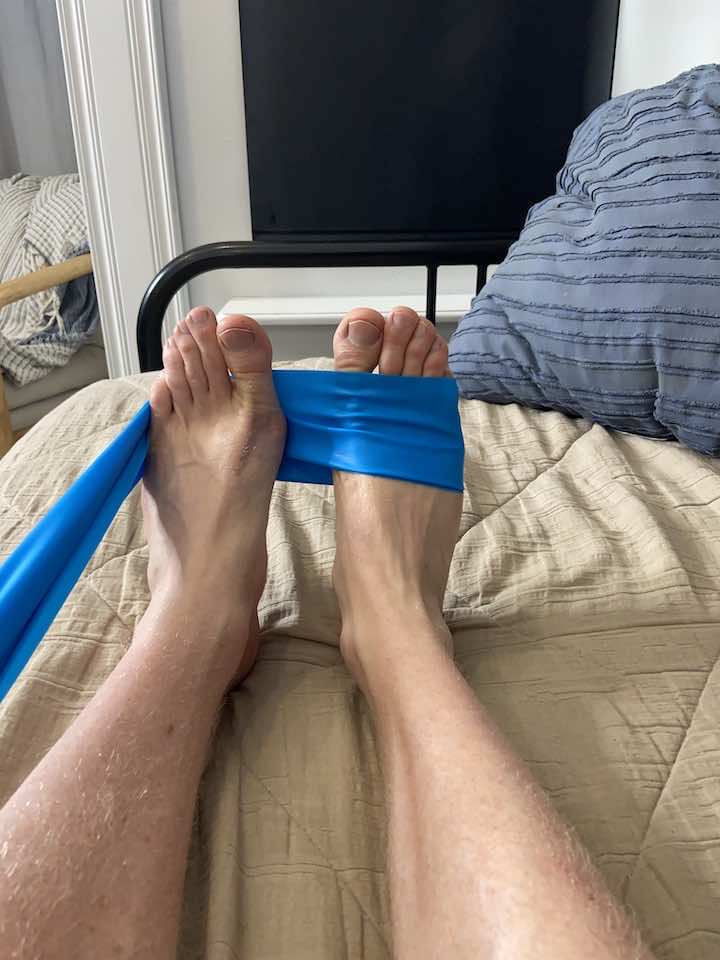
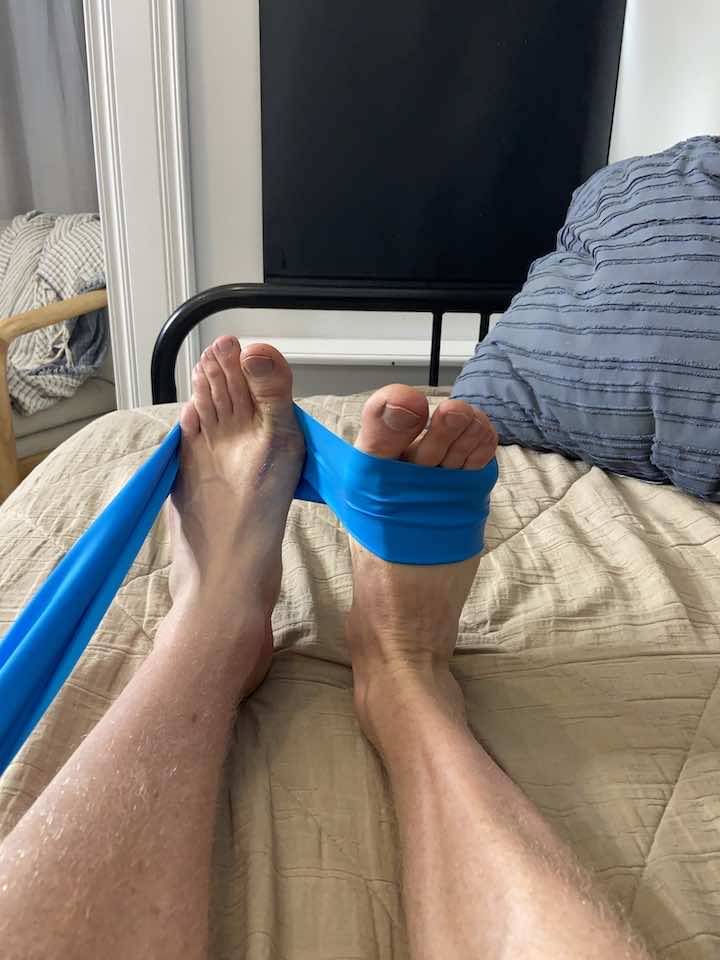
- Lay down on your bed with your ankle off the end.
- Loop the band around your right foot and loop the band around your left foot.
- Point your left foot and hold that position.
- Draw your right foot up like you’re trying to bring your toes to your nose, then relax. Finish the set, then repeat with your left foot.
- Repeat 10 repetitions for 3 sets.
6. Ankle Plantar Flexion with a Resistance Band
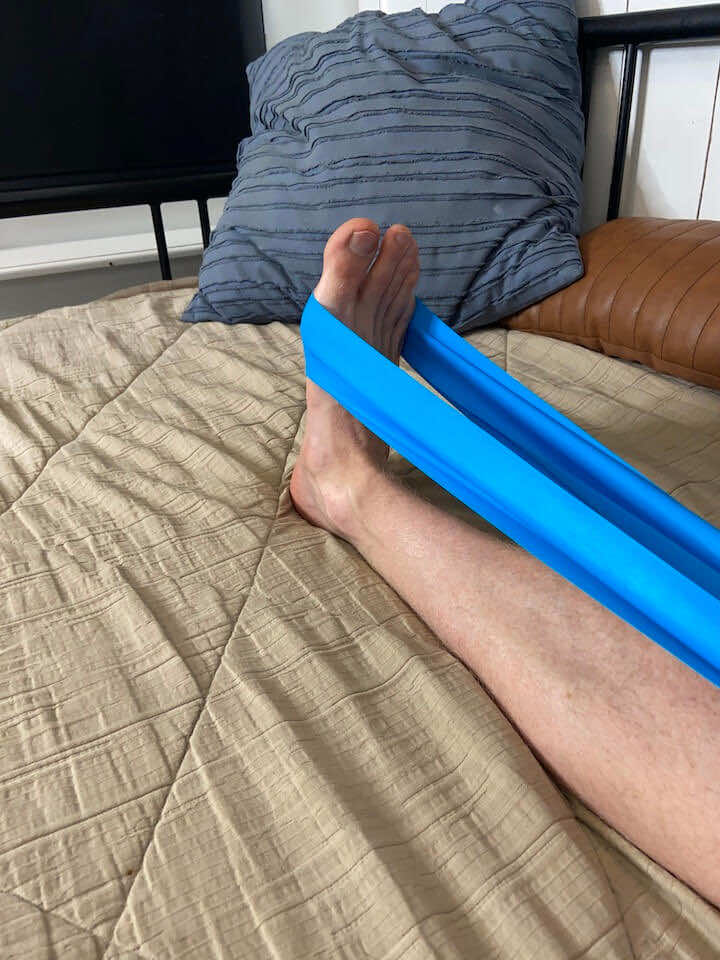
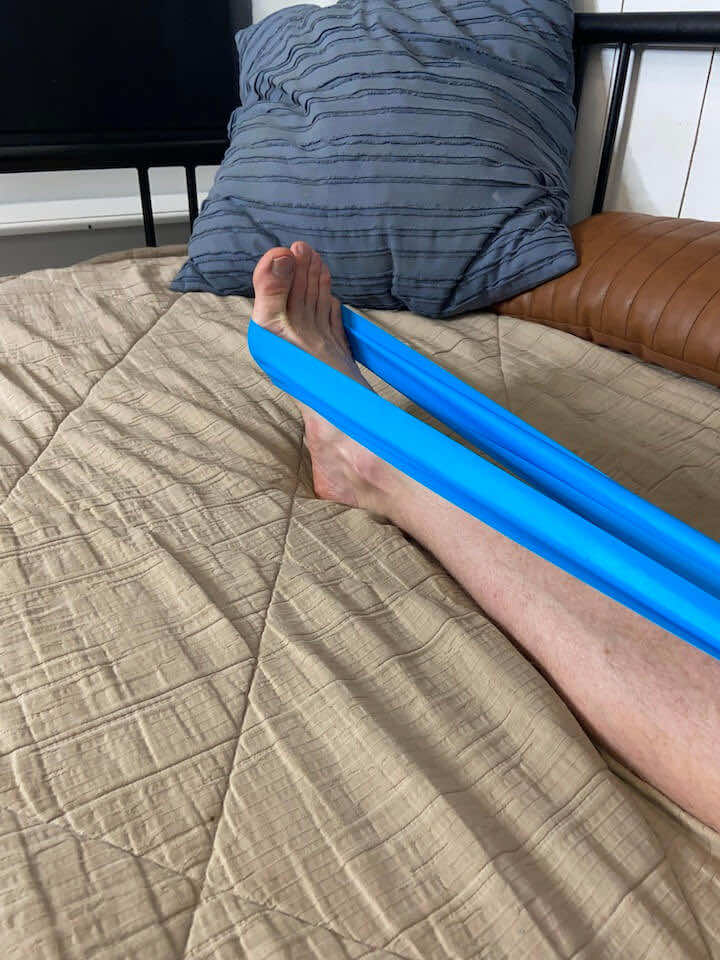
- Lay down on your bed with your ankle off the end.
- Loop the band around your right foot and hold onto the other end of the band with your hands.
- Point your toes and squeeze the back of your calf muscles, then relax. Finish the set, then repeat with your left foot.
- Repeat 10 repetitions for 3 sets.
Conclusion
Hammer toe might sound intimidating, but with the proper knowledge and exercises, managing its symptoms becomes feasible. Recognizing the signs early and taking corrective measures, like choosing the right footwear and doing regular exercises, can make a huge difference. If you or someone you know is showing signs of hammer toe, it’s crucial to address it sooner rather than later for the best outcomes.


